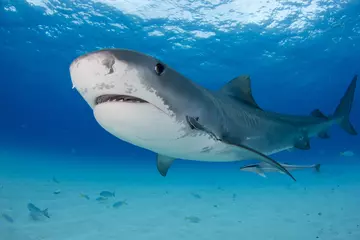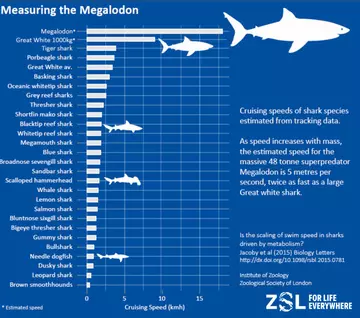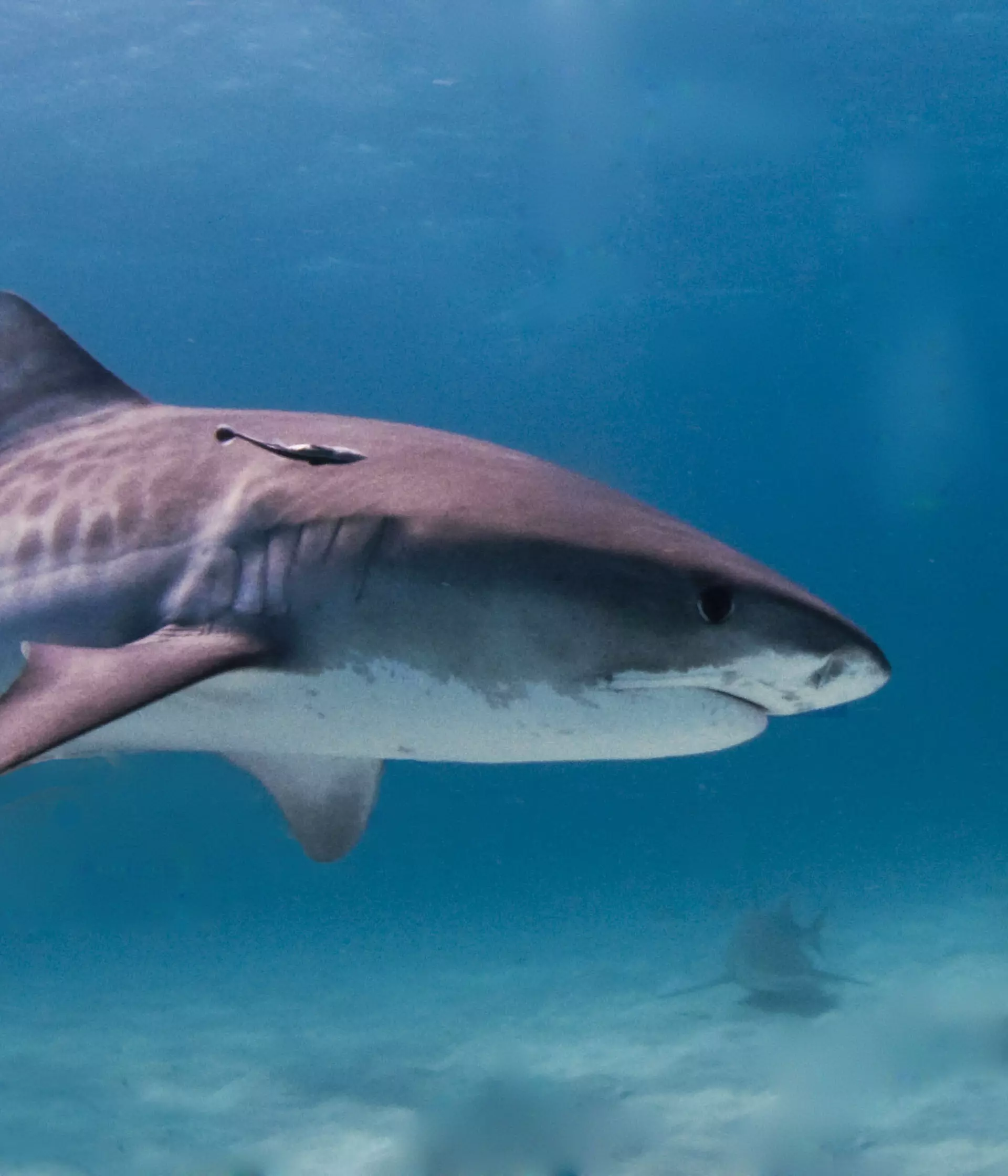
Our research has finally been able to answer the age-old question of 'how fast was the megaolodon?'
New research may have helped to unearth secrets of the megalodon (C. megalodon), a giant shark that swam the world’s oceans more than two and a half million years ago.
Scientists from the Zoological Society of London (ZSL) were able to deduce a swim speed for the gigantic extinct shark – estimated to measure twice the length of a killer whale at 20 metres, and weigh approximately 48,000kg – by using a mathematical model and data from 26 species of shark tracked in the wild.

The team estimated the minimum speed for the vast, highly predatory megalodon at over five metres per second, blowing other shark species out of the water. By comparison, a large 1,000kg great white shark (Carcharodon carcharias), thought to be the closest extant relative of the megalodon, cruises at speeds of approximately two and a half metres per second.
Published in Biology Letters, the paper examines cruising swim speeds of sharks required to maintain respiration, and explores the relationship between swim speed, body size and metabolic rate. The speed sharks travel is driven by many factors such as prey dynamics, temperature requirements and different behavioural strategies.

How fast was the megaolodon?
Lead author Dr David Jacoby, Researcher with ZSL’s Institute of Zoology, said: "The megalodon was an enormous apex predator that appeared to cruise the oceans at speeds unrivalled by any shark species present today. The mathematical model not only allows us to estimate the speed of this super-predator, but also helps us to predict the movement characteristics of other elusive marine sharks, such as many deep-sea species."
ZSL’s researchers found that the relationship between the sharks’ body size and swim speeds were directly related to the minimum oxygen levels needed to maintain metabolism.
Growing up to 15-20 metres in length, megalodon, meaning “big tooth”, was an apex predator which swam the oceans between 15.9 – 2.6 million years ago.
How we're working to increase understanding with our science, both on the ground and around the world.
